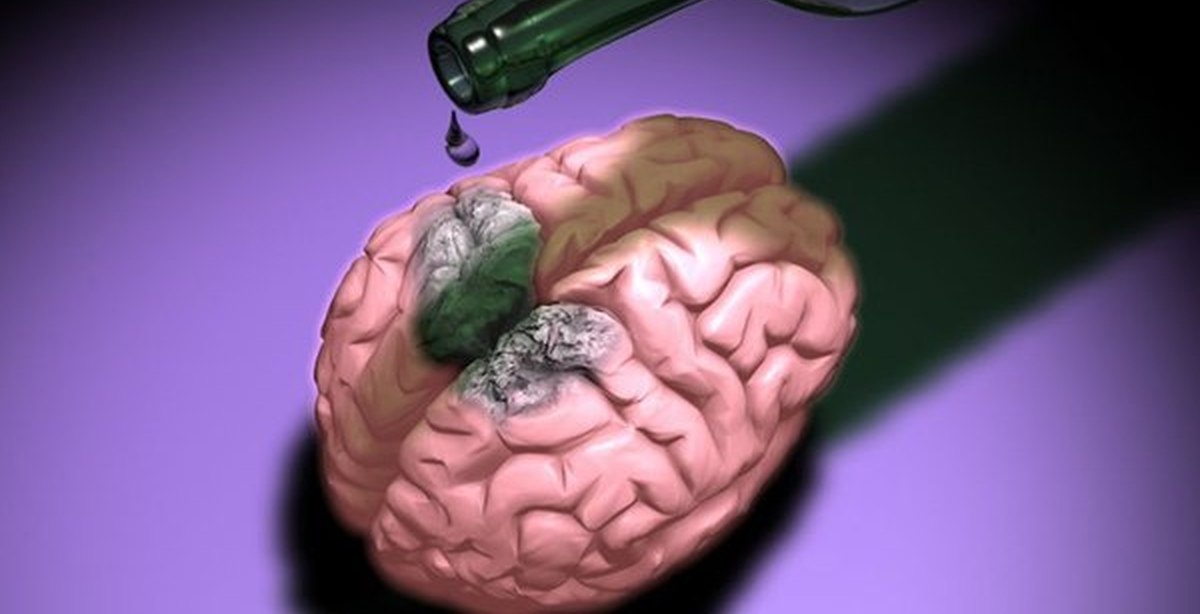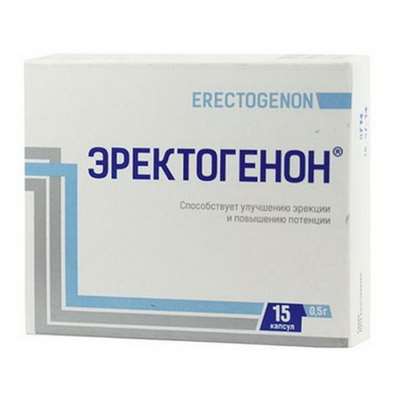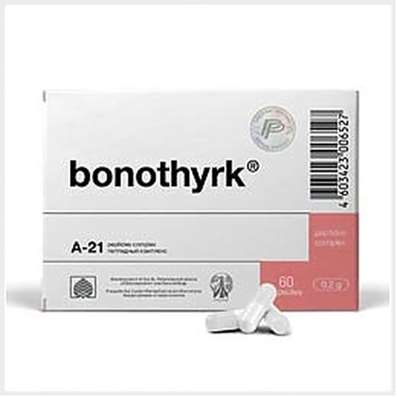Brain, nervous system and alcohol ...
24 Aug 2018
There is no such organ in the human body that would not break down from any doses of alcohol. But most of all the brain suffers. If the concentration of alcohol in the blood is taken as 1, it will be 1.45 in the liver, 1.50 in the cerebrospinal fluid, and 1.75 in the brain. It is there that this poison has the property of accumulating. After taking a mug of beer, a glass of wine, 100 grams of vodka - the alcohol contained in them is absorbed into the blood, with blood flowing to the brain and the person begins the process of intensive destruction of its bark.

The human brain consists of 15 billion nerve cells (neurons). Each cell nourishes its microcapillary with blood. This microcapillary is so thin that for normal nutrition of a given neuron, the erythrocytes can only squeeze into one row. And when the alcoholic glueing of red blood cells approaches the base of the microcapillary, it clogs it, it takes 7-9 minutes - and the next cell of the human brain irretrievably dies.
Due to the fact that oxygen stops coming to the cells of the brain, hypoxia begins, that is, oxygen starvation (oxygen deficiency – Meldonium and Phenylpiracetam can help in this case). It is hypoxia and is perceived by man as a supposedly innocuous state of intoxication. And this leads to numbness, and then death of the brain areas. All this is subjectively perceived by the drunk as "relaxation", "freedom" from the outside world, similar to the euphoria of being released from prison after a long sitting. In fact, just a part of the brain is artificially cut off from the perception of often "unpleasant" information from outside.
After each so-called "moderate" binge, a new cemetery of the dead nerve cells (neurons) appears in the person's head. And when the pathologists open the skull of any so-called "moderately drinking" person, they all see the same picture - a "wrinkled brain", smaller in volume, the entire surface of the cortex of which is in microns, microvias, attacks of structures.
It is in the brain that the greatest changes are found at autopsy. The dura mater is tense, the soft membranes are swollen, full-blooded. The brain is swollen, the vessels are dilated, many small cysts 1-2 mm in diameter. These small cysts were formed in places of hemorrhages and necrosis (necrosis) of parts of the brain substance.
Here is how the Kiev pathologist describes the brain of a "merry fellow" and "joker", which, according to the friends, drank "moderately" and "culturally": "Changes in the frontal lobes of the brain are visible even without a microscope, the gyrus is smoothed, atrophied, and numerous small hemorrhages. Under the microscope are visible voids, filled with serous fluid. The cortex of the brain resembles the earth, after bombs have been dropped on it - all in funnels. Here each binge has left its mark. "
Similar changes in the brain occur in people whose deaths do not necessarily stem from reasons associated with drinking alcohol.
A more subtle study of the brain of a deceased person from acute alcohol intoxication shows that changes in the protoplasm and nucleus, as pronounced as in poisoning by other strong poisons, have occurred in the nerve cells. In this case, the cells of the cerebral cortex are much more affected than the subcortical parts, that is, alcohol acts more strongly on cells of higher centers than lower cells. In the brain marked by a strong blood overflow, often with a rupture of blood vessels in the meninges and on the surface of the brain convolutions.
In cases of non-fatal acute alcohol poisoning, the same processes occur in the brain and in the nerve cells of the cortex. Perception of the victim is difficult and slows down, attention and memory are broken. Due to these changes, as well as the constant influence on the person of the alcoholic and drinkable climate, profound changes in his character and mentality begin.
In addition to the gradual destruction of individual aspects of the mental and mental side of the brain, alcohol increasingly leads to a complete deactivation of normal brain function. Personality changes, the processes of its degradation begin. If at this time do not stop drinking, the full restoration of moral qualities can never happen.
With the reception of even larger doses, a serious disruption of the functions of the entire central nervous system occurs involving the dorsal and medulla oblongata. Deep anesthesia and coma are developing. When taking a dose equal to 7.8 g of alcohol per kilogram of weight, which is approximately equal to 1-1.25 liters of vodka, death occurs for an adult person. For children, the lethal dose is 4-5 times less, based on kilogram weight.
In the experiments of Academician Pavlov, it was established that after taking small doses of alcohol, the reflexes disappear and are restored only for 8-12 days. But reflexes are lower forms of brain function. Alcohol acts primarily on its higher forms. Experiments on educated people proved that after receiving so-called "moderate" doses, that is, 25-40 g of alcohol, the higher brain functions are restored only for 12-20 days. Thus, if you drink alcohol more than once every two weeks, the brain can not get rid of the narcotic poison and all the time will be in a poisoned state. In the case of continuous exposure to alcohol on the brain, the harm caused to him will be unquestionable.
How does alcohol work? First of all, it has narcotic properties: they get used to it very quickly, and there is a need for repeated receptions, the more alcoholic "drinks" are taken, more often and in larger doses; As consumption is used to obtain the same effect, an increasing dose is required each time.
How does this drug in various doses affect the mental and mental activity of the brain?
Specially conducted experiments and observations on a person who drank an average dose, that is, one-and-a-half glasses of vodka, found that in all cases without exception alcohol acts the same way, namely: slows down and hinders mental processes, motor acts at first speeds up, and then slows down. At the same time, the most complex mental processes suffer the most, and the simplest mental functions last longer, especially those that are associated with motor representations.
The paralysis of the centers of psychic dispensations primarily affects the processes that we call judgment and criticism. With the weakening of their beginnings, feelings that are not tempered and not restrained by criticism begin to predominate. Observations show that drunkards do not become smarter, and if they think otherwise, it depends on the beginning of the weakening of their brain's higher activity: as criticism weakens, self-confidence grows. Live gestures, gestures and restless boasting of their strength are also a consequence of the paralysis of consciousness and will that has begun: correct, sensible barriers have been removed that keep a sober person from useless movements and reckless, absurd waste of power.
In numerous experiments conducted by the largest specialists in this field, it became clear that in all cases without exception under the influence of alcohol the simplest mental functions (perceptions) are violated and slowed down not so much as more complex (associations). These last suffer in a double direction: first, their education is slowed down and weakened, and, secondly, their quality significantly changes: the lowest forms of associations, namely motor associations or mechanically memorized ones, most easily arise in the mind, often without the slightest attitudes towards the cause and, once appearing, stubbornly hold out, swam again and again, but completely inopportunely. In this respect, such persistent associations resemble a purely pathological phenomenon, seen with neurasthenia and severe psychosis.
As for motor acts, they accelerate, but this acceleration depends on the relaxation of the brake impulses, and they immediately notice inaccurate work, namely, the phenomenon of premature reaction.
With repeated intake of alcohol, the damage to higher centers of brain activity lasts from 8 to 20 days. If alcohol is consumed for a long time, then the work of these centers is not restored.
On the basis of scientific evidence, it is proved that first and foremost the latest, most recent achievements, obtained by mental stress, say, over the last week, a month, are lost, and the person returns to the level of mental development that he had a week or a month ago after taking alcohol.
If alcohol poisoning occurs frequently, the subject remains immobile mentally, and thinking is normal and patterned. In the future, weakening of older, stronger, stronger associations and weakening of perceptions. As a result, mental processes are narrowed, losing their freshness and originality.
Numerous animal experiments conducted by Ivan Petrovich Pavlov have shown that after relatively small doses of alcohol, the conditioned reflexes are extinguished in the dog and restored only after six days. Experiments of later years confirm the negative effect of alcohol on the nervous system. The typist, who had been given twenty-five grams of vodka before the start of the work, made mistakes fifteen to twenty percent more than always. The drivers of cars passed forbidding signs, the shooter could not exactly hit the target.

 Cart
Cart





